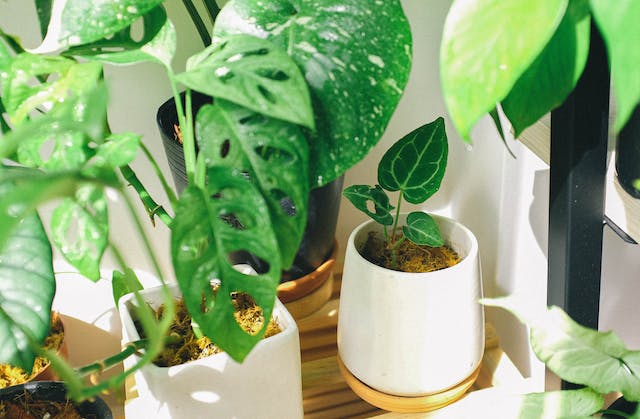The following tips will be more universal, but the golden rule is to know our plant well, which is why there is the first one. Although most plants that are commonly grown share many of their needs, each species can be different, and some have very specific and specific needs. Find out what the species of your plants are and what their particular needs are. For example, finding out how to care for an indoor plant will not be the same as an outdoor plant.
 Tips and recommendations to care for your plants
Tips and recommendations to care for your plants
Before moving on to caring for the garden as a whole, you should pay attention to the plants that make up this small natural space in your house; the best tips and recommendations for caring for them are listed below:
Find out about the plants you have: Although they may seem very similar, each garden plant has its characteristics, which means that each plant must be cared for differently and specifically in order to bring out its greatest natural splendour. Therefore, the key is to know well the type of plant you have in your care!
Place the plants in the most suitable place: Based on the previous recommendation, you must place that plant in the most suitable place possible, checking in the process that it receives enough sun without having to move it in different ways.
Always use the best quality soil: This advice is especially indicated for those people who want to transplant a plant from one pot to another. Therefore, the better the soil with which the plant is transplanted, the better the results and the good health of the plant will be.
The plant’s pot must have a hole inside. Although there are all kinds of different pots today, the truth in these cases is that all of these pots must have a hole with which to ensure that the plant can drain. Excess water when watering. In this sense, it is recommended that a small plate be placed under the plant and the pot so that it does not get wet and damage the furniture where the entire plant could be refilled.
Remove dry and withered flowers or leaves: Keeping a plant in good condition requires removing the withered or damaged parts, which is why the help of small scissors or a manual pruner is necessary to remove these withered sections of the plant. If you do this, you will be preventing the plant from wasting its energy on leaves or branches that will no longer thrive.
Keep your plants away from direct heat sources: Plants depend greatly on natural environmental conditions to grow healthy and strong, and their development is greatly harmed if heat is supplied artificially or indirectly (certain conditions apply, of course). So, to avoid problems, try to keep your plants away from a direct heat source.
Opt for natural fertilizers: Although the soil is of the best possible quality, this does not mean that it does not lose nutrients over time. Therefore, it is convenient to nourish the land with natural fertilizers of the highest quality; recommend that you apply this fertilizer during seasonal changes. This way, the soil will have an extra boost of nutrients and vitamins to make the plant grow properly!
